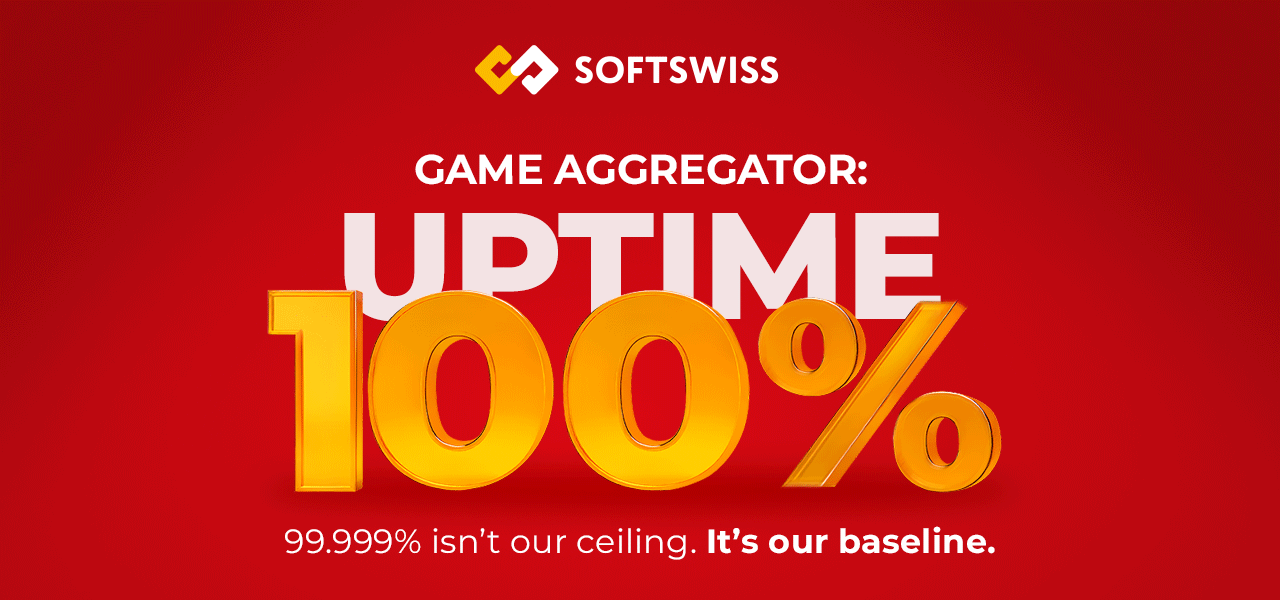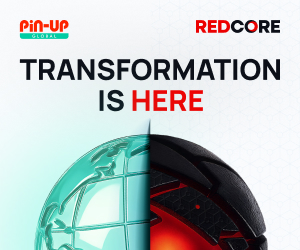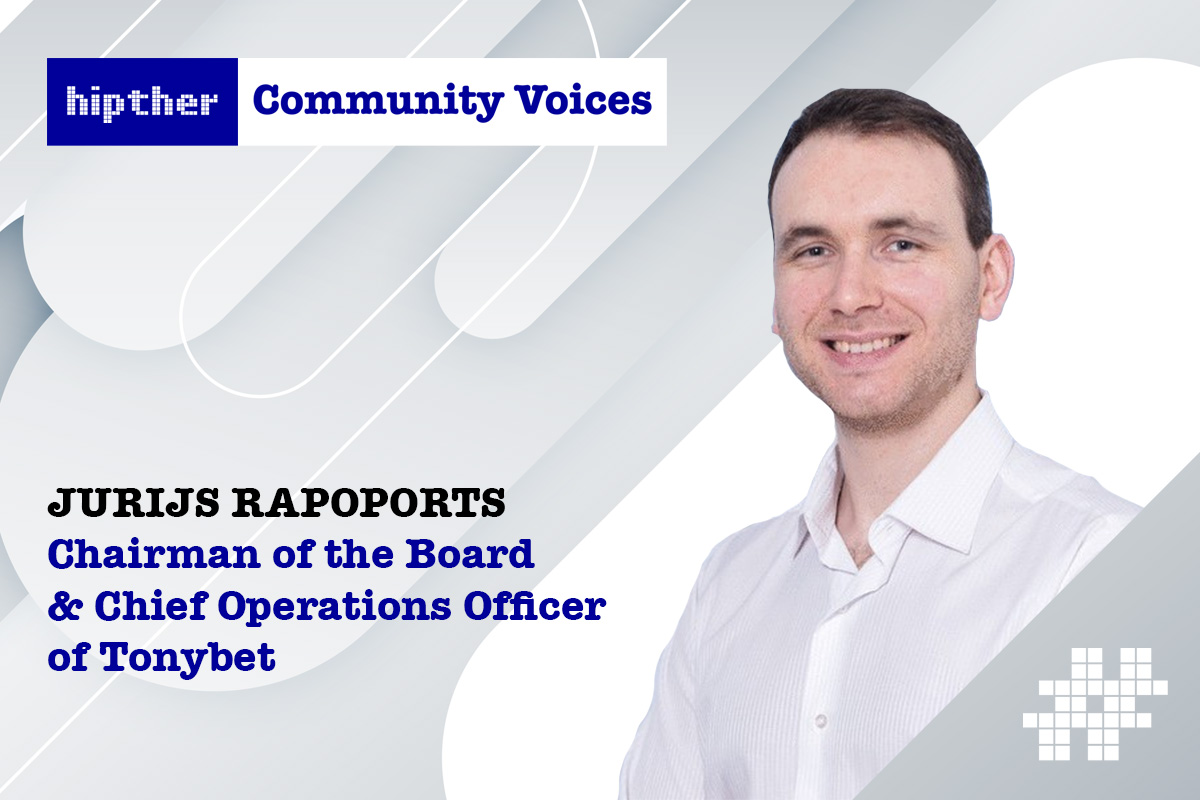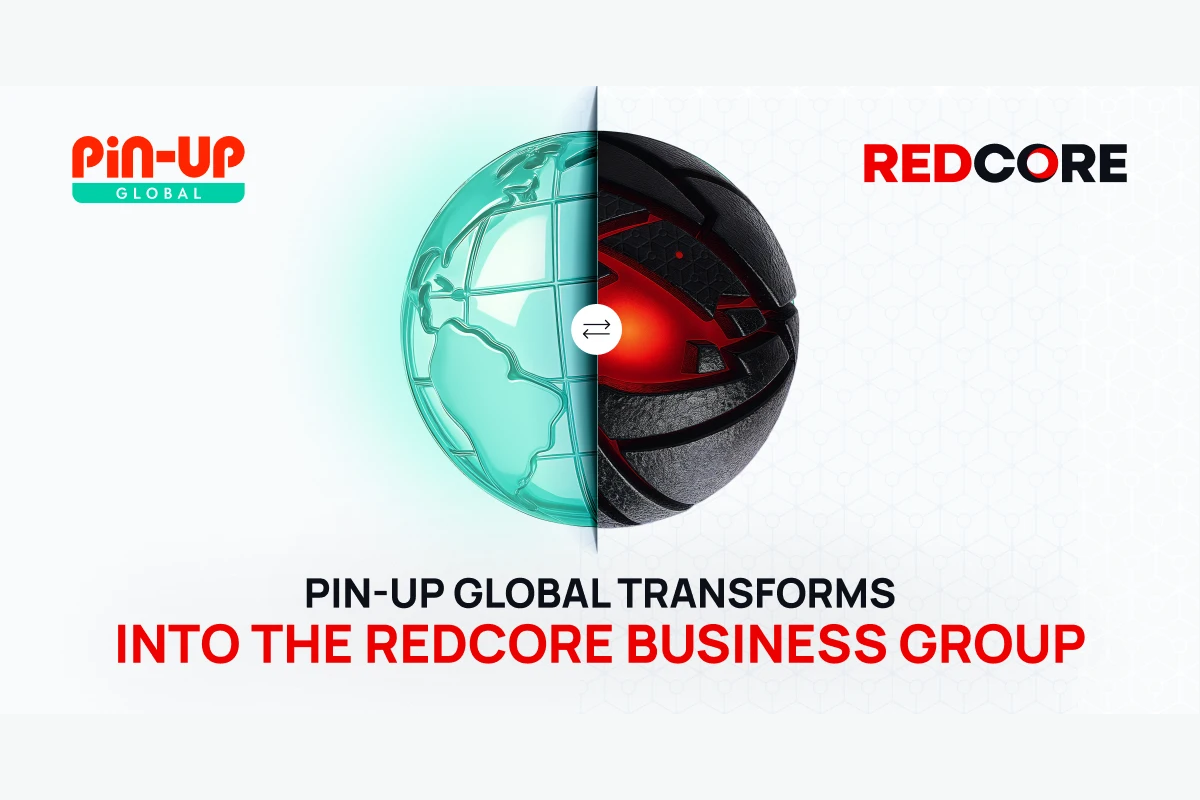Industry News
Using data to detect insights is a precise science, argues Parimatch Chief Data Officer
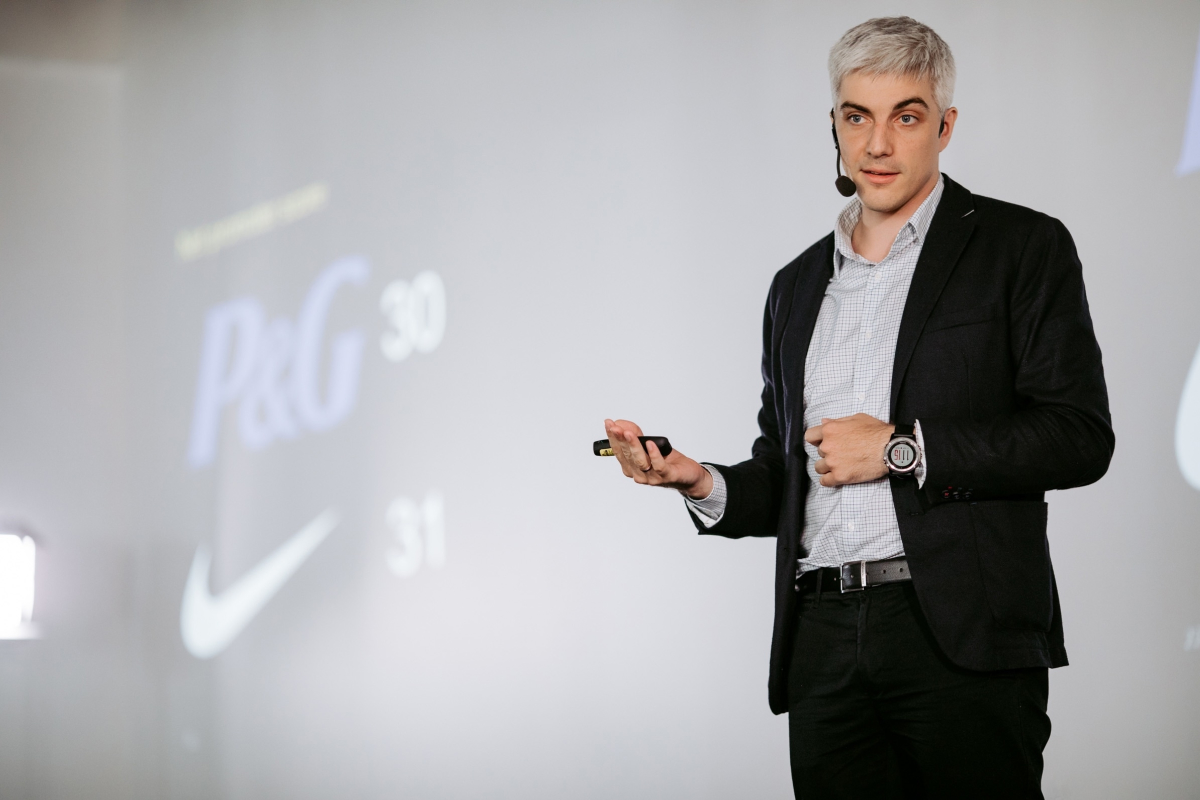
Rostyslav Maikovych – Chief Data Officer at Parimatch, provides an insight to his presentation at iGB Live! and the challenge of generating reliable data in a post GDPR era, the critical task of drawing as much value from usable data as possible and an exploration of the key metrics that businesses can deploy.
Is data like oil in so far as it has to be refined to be meaningful. No one would put crude oil in a jet plan for example?
Collecting data is only the first stage, but it is essential. To effectively use the data in the processes of business intelligence and machine learning, it needs to be processed correctly, verified and transformed if needed to ensure that everything is correct and accurate and prepared for analysis. Data should be verified based on both accuracy and context. Machine learning requires the right set of features that can be used in ML.
Usually, for normalized data, you need to prepare a relational data warehouse where all information about clients, their behaviour and transactions is aggregated. Then from this repository, you can take data and discover insights, prepare samples for the development of predictive models such as response prediction, or churn prediction, to activate the client on time before he/she loses interest in the service.
You can collect a lot of different data. It can be structured and unstructured data from e-mail, social media, logs, client profile, history of the transaction, etc. In this regard, the search for insights – hidden patterns and features in data sets – is similar to the search for golden sand in a heap of ore. However, it’s still possible.
With so many data breaches how do we build trust with consumers?
We ask for a minimum of personal data. We save all the information we receive, and we do not pass it on to third parties. We take care of the personal data as if it is our own. The primary source for insights is the behaviour of customers and their bets. Due to it, we divide clients into segments, and we can make targeted offers that are interesting to the particular client. Clients benefit from receiving fewer uninteresting mailings and having more exciting bonus and activation proposals that are tailored to each customer.
Do you think consumers now appreciate the value of their data?
I suspect that they do not notice how much data is being transmitted – clicks, bets, markets, teams they bet on. It is difficult for a person to remember what he/she was interested in over one or another period. Moreover, we aggregate and analyse this information to create a more efficient customer journey and relevant content. At the same time, customers get many benefits – such as less spam as well as more interesting and targeted suggestions.
They give more valuable information, for example, to Google – all the search queries and keywords they were looking for. As a result, they are persistently plagued with advertisements that are mostly irrelevant. It’s easier to feel the value of information in this case as you can see the direct result of collecting something close to you. We do not have such an effect with our data. We are only interested in their preferences towards sports and their behaviour on the site.
How do you draw maximum value from usable data and what are the key metrics?
We must take into account what the business requirements and objectives are. If the primary objective is to achieve an increase in conversion, it will be necessary to analyse which clients are better converted and why, at what stages do we encounter the most significant problems, where it is necessary to make a shorter application form or to change the location of the buttons. The metric here is the sales funnel and conversion rate on each step, namely, its increase after fixing the detected flaws in the processes.
Should the organisation want to quickly grow its share on the new market, we need to analyze what sports events and types of bonuses involve most customers, test different types of campaigns for the acquisition, analyse their effectiveness, and use the best. In this case the metrics are the monthly growth of active users, daily active users and additional profit.
Frequently an organisation’s focus is to increase retention rate. We need to identify at what stages there is the most significant outflow. The strategy would be to give customers an offer that is interesting to them or content that enhances their engagement and brings them back to us on the site. For example, the highest level of outflow appears in the first two weeks among a particular segment of clients. We assign our main activities on them, improve onboarding, send them more exciting offers and announcements. The metric here is the retention rate.
-

 Latest News7 days ago
Latest News7 days agoGamblers Connect Shortlisted for Prestigious Affiliate Awards at SiGMA EURO-MED and SBC Summit 2025
-

 Africa4 days ago
Africa4 days agoQTech Games wins Best Innovation of the Year at the 2025 SBWA+ Eventus Awards
-

 Asia4 days ago
Asia4 days agoNODWIN Gaming and JioStar Unveil OnePlus Android BGMS Season 4
-
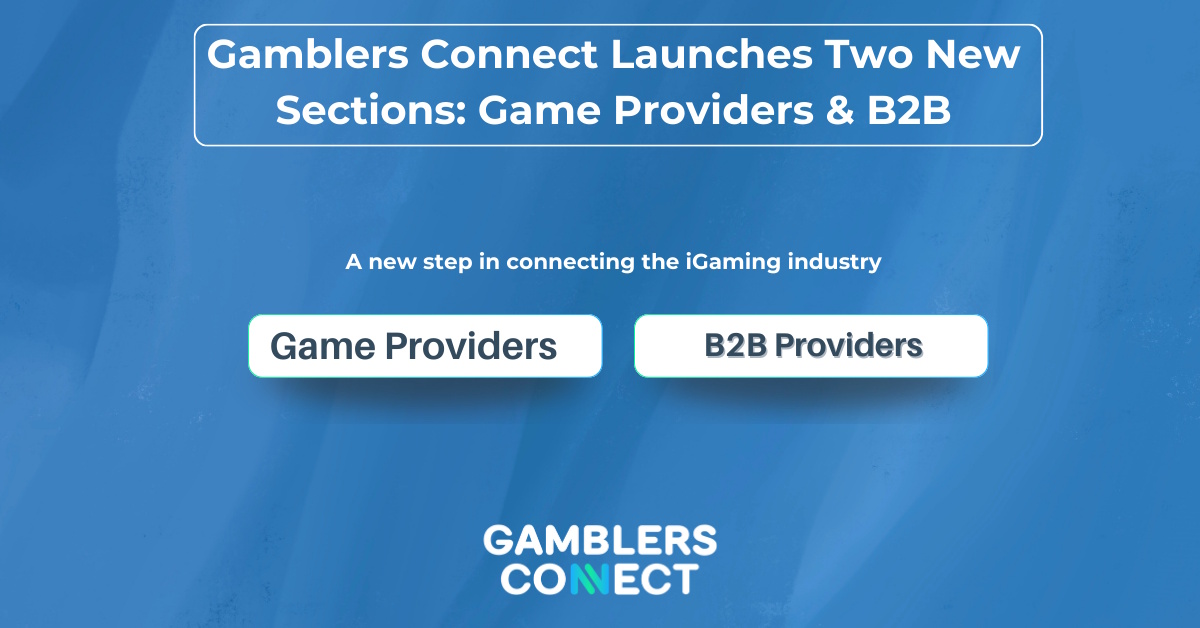
 Latest News7 days ago
Latest News7 days agoGamblers Connect Launches Dedicated ‘Game Providers’ and ‘B2B Providers’ Sections to Strengthen Industry Partnerships and Visibility
-

 Latest News4 days ago
Latest News4 days agoVindral appoints Henrik Fagerlund as Chairman of the Board
-

 Latest News4 days ago
Latest News4 days agoCalema to Perform at Legends Charity Game in Lisbon
-

 Conferences in Europe4 days ago
Conferences in Europe4 days agoEGT Digital and EGT to rock the show at SiGMA Euro-Med 2025
-

 Latest News4 days ago
Latest News4 days agoPush Gaming redefines its portfolio, unveiling new game categories and sub-brand for extended player reach

